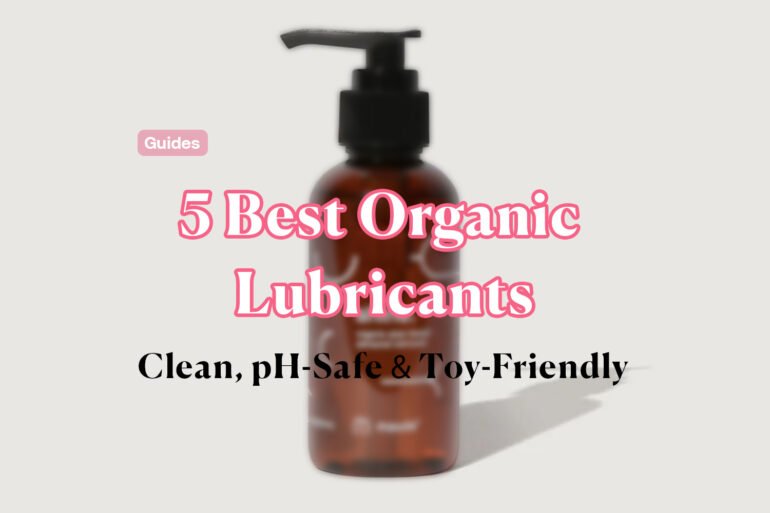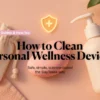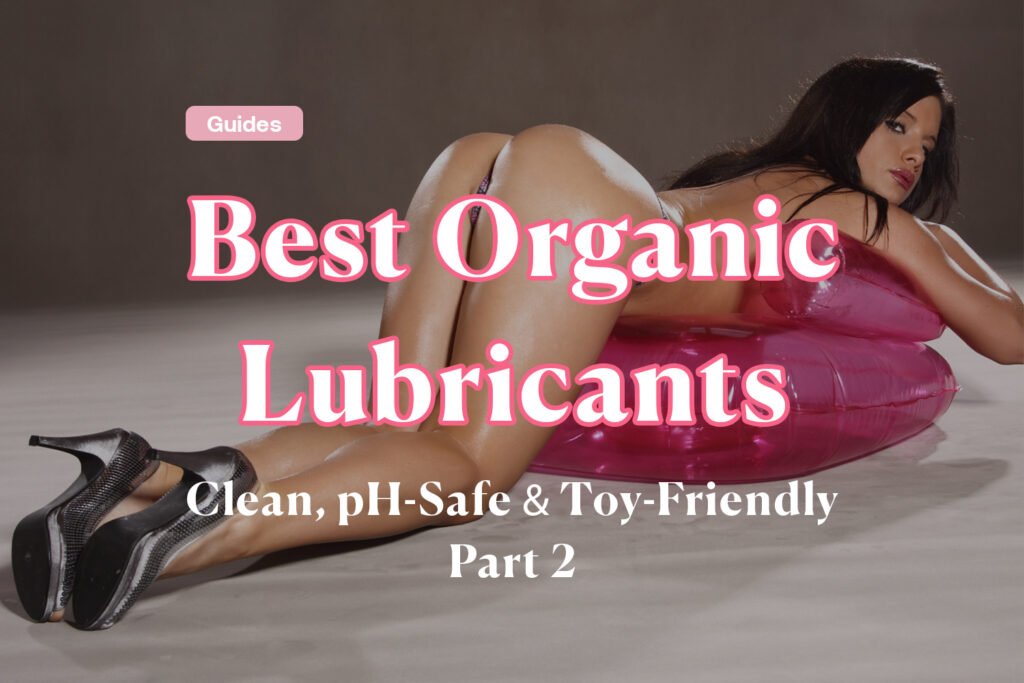
Short answer: The best “organic” lube for you depends on skin sensitivity, condom/toy compatibility, and texture. For most readers, a pH-friendly, low-irritant, water/aloe-based formula is ideal for everyday use and toy play; oil-based can feel luxurious but isn’t latex-condom safe.
What we mean by “organic.” Some picks below are certified organic (e.g., Soil Association, USDA). Others use clean formulations with organic botanicals (but may not carry a formal seal). We label this clearly to avoid greenwashing.
How we ranked (weighting in brackets)
pH-friendliness; simple, low-irritant INCI; no parabens/glycerin/fragrance where possible; toy/condom compatibility; alignment with WHO guidance to keep water-based lube osmolality below ~1,200 mOsm/kg (lower is gentler). (World Health Organization)
slip, longevity, clean rinse; texture options (gel vs fluid).
feedback from pelvic health sources and brands aimed at vulvar/vaginal comfort. (Contemporary OB/GYN)
price/oz and easy purchasing.
USDA/Soil Association where applicable. (YES)
Latex & toy rules (quick):
• Water/aloe-based → latex-condom safe and silicone-toy safe (default best for most).
• Oil-based → not safe with latex/poly-isoprene condoms; okay with polyurethane/nitrile; check toy materials (oil can interact with some elastomers). (Foria)
Top 10 Organic / Clean Lubricants of 2025
Lovense — Water-Based Lubricant — Best “Pair-With-Your-Toy” Pick
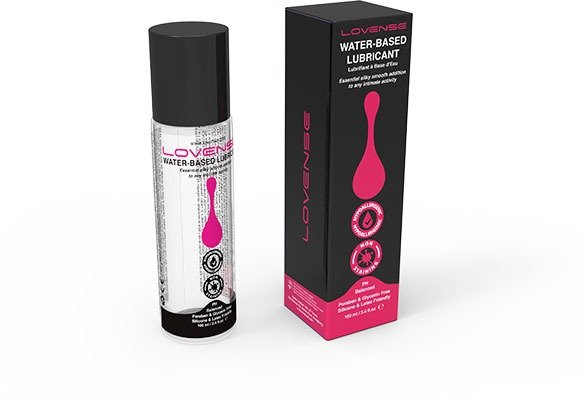
Built by the interactive-toy brand, this water-based, pH-balanced, hypoallergenic formula is designed to be toy-friendly and glycerin-/paraben-free per Lovense. Always check your bottle’s label—some third-party “jelly” listings differ by SKU. (Lovense)
Good for: Anyone using silicone vibrators or app-controlled toys.
Buy: lovense.com (use your affiliate link). (Lovense)
1) Desert Harvest — Aloe Glide — Best for Vulvar Comfort Focus

Aloe-forward with marshmallow/licorice root, radish-root ferment and other botanicals; designed with vaginal comfort in mind. (Desert Harvest)
Good for: People mindful of irritation and ingredient transparency.
Notes: Gentle, non-sticky slip; lists full INCI publicly. (Desert Harvest)
2) Coconu — Water-Based — Best “Natural + Toy-Safe” Pick

100% natural, vegan, pH-balanced; latex-friendly and doubles as a vaginal moisturizer. Lighter, fluid slip for daily use. (Coconu)
Good for: Those wanting “natural feel” with easy cleanup.
Notes: Pair with their oil-based sibling (below) for massage nights. (Coconu)
3) Coconu — Oil-Based (USDA Certified Organic) — Best Organic Oil Option
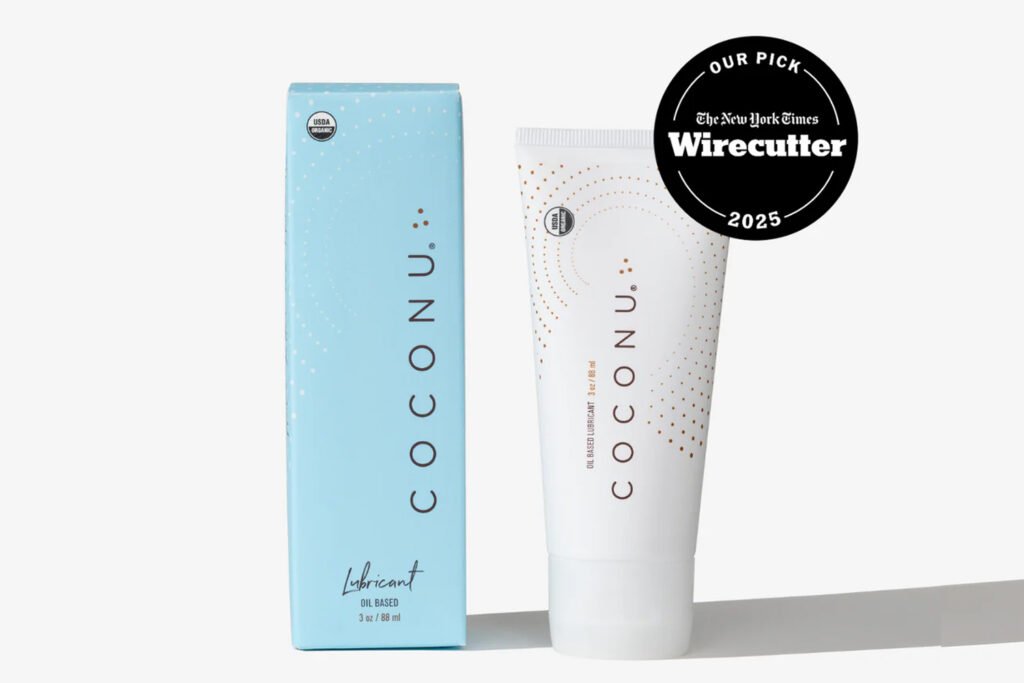
Luxurious coconut-oil base with USDA Organic certification; phenomenal glide and doubles as massage oil. Not latex-condom safe. (Coconu)
Good for: Condom-free play or non-latex barriers; sensual massage + intimacy.
Notes: Patch-test if you’re YEAST-prone; oil can upset some pH balances. (Health)
4) Woo More Play — Coconut Love Oil (Oil-Based) — Best Scented Oil Option
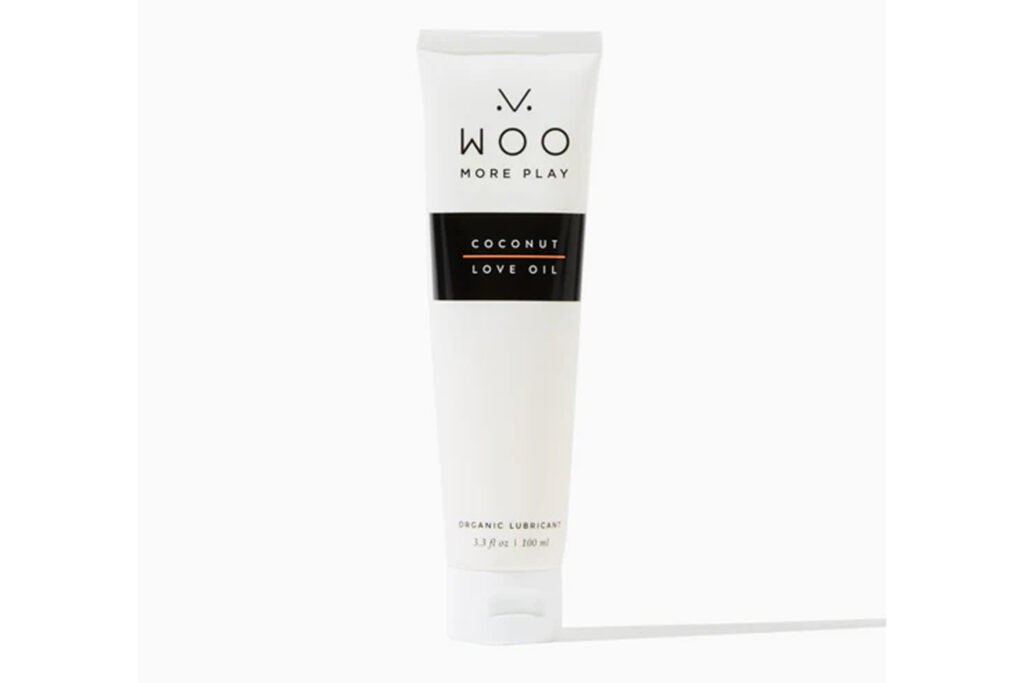
Coconut-based, naturally scented; rich, sensual glide; not latex-safe (choose polyurethane/nitrile if using barriers). (WOO MORE PLAY)
Good for: Massage-to-intimacy transitions; those who like vanilla-coconut vibes.
Notes: May stain fabric; brand shares care tips. (WOO MORE PLAY)
5) Foria — Intimacy Sex Oil (Oil-Based) — Best Minimal-Ingredient Oil
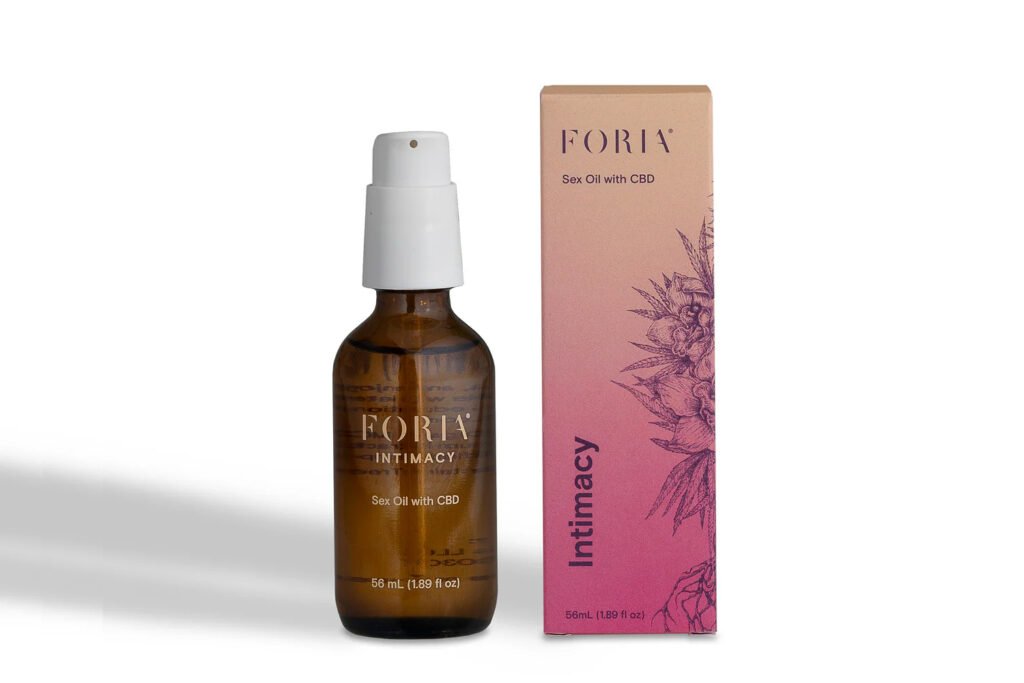
A minimalist, coconut-oil base (some versions include CBD); not for latex/poly-isoprene; stick to oil-safe materials or no condoms. (Foria)
Good for: Slow, sensual sessions where you want warmth and glide.
Notes: Tree-nut considerations (coconut); patch-test first. (Foria)
Quick Comparison (type • condom safety • toy safety)
- Desert Harvest Aloe Glide (aloe) • Latex-safe • Silicone-toy safe.
- Coconu Water-Based • Latex-safe • Silicone-toy safe.
- Coconu Oil-Based (USDA) • Not latex-safe • Check toy material.
- Woo Coconut Love Oil • Not latex-safe • Check toy material.
- Foria Sex Oil • Not latex/poly-isoprene safe • Oil-safe barriers only.
- Lovense Water-Based • Latex-safe • Silicone-toy safe.
Buyer’s Guide (what to look for)
- pH & osmolality: For water-based vaginal lubes, aim for pH ~4–5 and osmolality below ~1,200 mOsm/kg to reduce irritation risk. Brands that publish these metrics get extra points.
- Keep it simple: Fewer additives (no fragrances, harsh preservatives, high-glycol loads) = fewer irritation issues.
- Condom & toy compatibility: Water/aloe-based is the safest “universal” default. Oil-based feels amazing but kills latex.
- Patch test if sensitive: Try a pea-sized amount on your inner forearm first—especially with botanicals or oils.
Related Reading
- Is Silicone Lube Safe?
- Best Sex Games for Couples in 2025
- How to Talk Dirty to Your Partner (Beginner’s Guide)
Affiliate disclosure
This guide includes products we love. Some links may be affiliate links, which means we may earn a commission if you purchase—at no extra cost to you. We only recommend products we’d use ourselves.
FAQ
Not automatically. But certified-organic (Soil Association/USDA) and simple INCI lists are a good sign. You still need the right pH/osmolality and compatibility for your use. (YES)
Hyper-osmolar lubes (too concentrated) can draw water out of cells and increase irritation risk. WHO procurement guidance recommends <1,200 mOsm/kg for water-based lubricants. (World Health Organization)
Yes—with caveats. It degrades latex condoms and may not suit those prone to yeast infections. Use non-latex barriers and patch-test. (Health)

